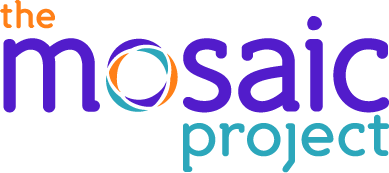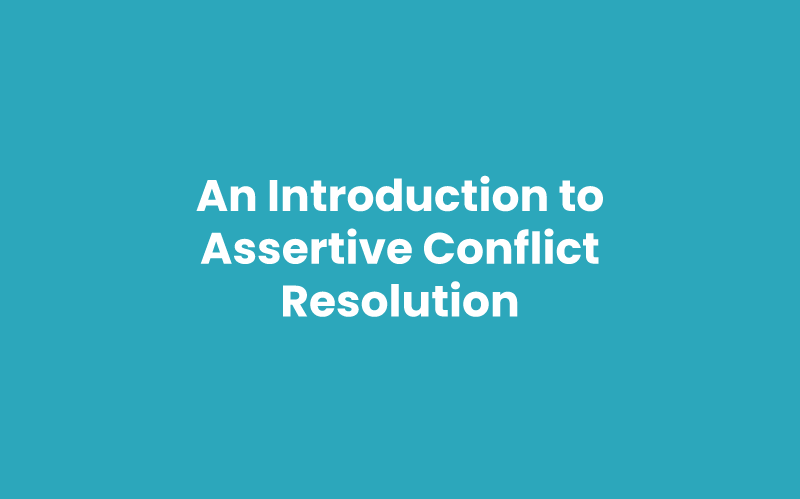An Introduction to Assertive Conflict Resolution
5 Tools for Assertive Conflict Resolution
- STOP. Cool off. Take a deep breath.
- LISTEN to each other. Find out what you both need.
- TALK. Share your feelings using Effective Messages/ I-Statements.
- EMPATHIZE. Really try to understand how the other person feels.
- PLAN. Brainstorm solutions and agree on a plan.
Using the Conflict Resolution Toolbox
Each of these tools are connected, and can be used out of sequence if necessary; they are tools that we all carry in our toolbox to pull out when needed. Tools 2 (Listen), 3 (Talk), and 4 (Empathize) are particularly connected, of course: when one person is talking, the other is listening and then empathizing; then the roles switch before everyone can move on to Tool 5 (Plan), where everyone works together. It also might be necessary to go back and forth between Tools 2, 3, and 4 multiple times, and even back to Tool 1 (Stop), before starting to plan.
All of Us Against the Problem
When a conflict arises, it can be infinitely helpful to frame it as everyone involved has the common goal of achieving a peaceful resolution. When we shift the frame from “me against you” or “all of us against each other” to “all of us against the problem,” the chances of resolving the conflict peacefully dramatically increase.
Moving Beyond Blame, Guilt, and Defensiveness
Throughout the entire process of using the 5 Tools for Conflict Resolution, it is important to keep in mind several key points. First, there is always more than one side to any story, and hurt people hurt other people. Resolving conflicts is not about figuring out whose fault it is, who is right and who is wrong, or who is the “good guy” and who is the ”bad guy.” Instead, it is about understanding each other. The question is not “Whose fault is it?” but rather “What are we going to do to make things better?” Forget the blame (“It’s your fault, and you messed up”); forget the guilt (“It’s my fault, and I’m a horrible person”); forget the defensiveness (“I didn’t do anything, so why are you looking at me?”). Those are peace blockers that stop us from finding a solution to the problem. Instead, allow yourself to make an honest effort to create a more peaceful interaction.
False Apologies
Sometimes people want to solve a problem simply by saying they are sorry and moving on. While this can work in certain situations where both people are ready to let the conflict go with an apology and nothing more, it is only effective after empathizing and when the apology comes from the heart.
Assertiveness
The “flight or fight response” can be deeply ingrained in us. Often, we feel we must respond to a conflict by fighting (being aggressive), or running away (being passive). The 5 Tools for Conflict Resolution, and in particular Effective Messages or I-Statements, allow us to solve our conflicts in an assertive way, without being passive or aggressive. When we are assertive, we are respectful of ourselves and everyone else around us. When we deal with a conflict assertively, we stop the spread of the poison of hurt, hatred, and violence, and spread respect instead.

